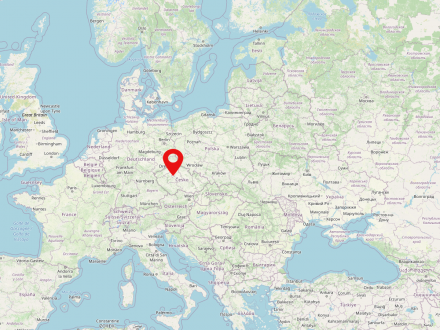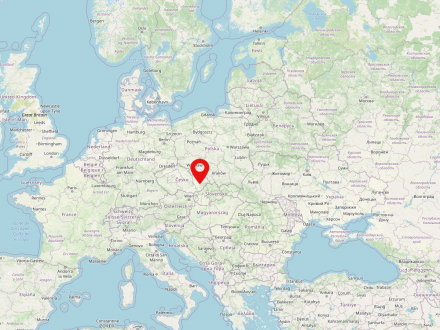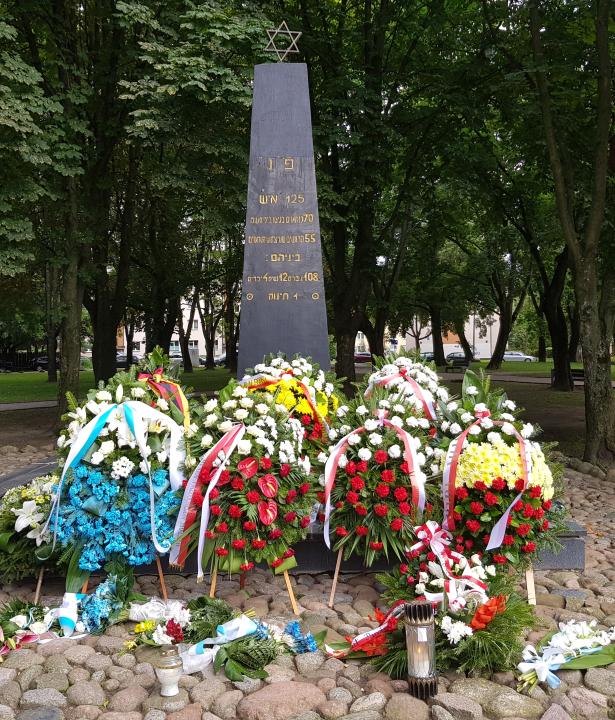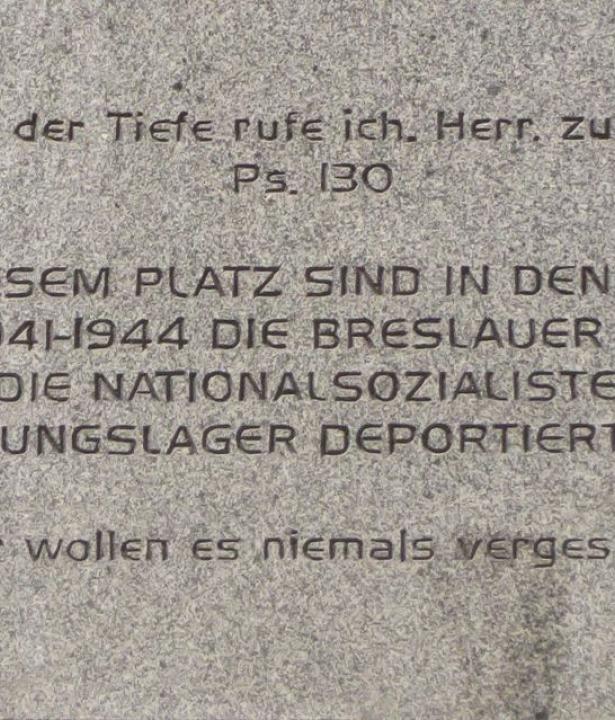One thing with which he could open even tightly closed hearts was his silver-gray Tatra, a relic of interwar
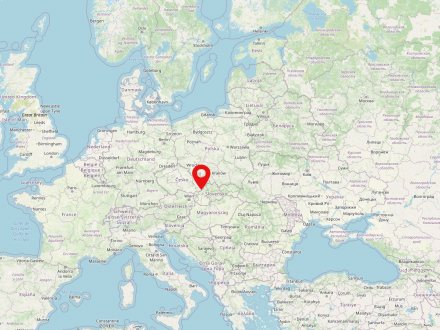
Czechoslovakia was a state existing between 1918 and 1992 with changing borders and under changing names and political systems, the former parts of which were absorbed into the present-day states of the Czech Republic, Slovakia and Ukraine (Carpathian Ukraine, already occupied by Hungary in 1939, from 1945 to the Soviet Union). After 1945, Czechoslovakia was under the political influence of the Soviet Union, was part of the so-called Eastern Bloc as a satellite state, and from 1955 was a member of the Warsaw Pact. Between 1960 and 1990, the communist country's official name was Czechoslovak Socialist Republic (abbreviated ČSSR). The democratic political change was initiated in 1989 with the Velvet Revolution and resulted in the establishment of the independent Czech and Slovak republics in 1992.
Prague is the capital of the Czech Republic and is inhabited by about 1.3 million people, which also makes it the most populated city in the country. It is on the river Vltava in the center of the country in the historical part of Bohemia.
Nový Jičín is a town in the east of the Czech Republic with a population of just over 23,000. It is located on the Moravian side in the so-called Kuhländchen (Czech Kravařsko), a historical landscape partly in Moravia, partly already in the historical region of Moravian-Silesia. Nový Jičín is located only 30 km southwest of Ostrava, the third largest city in the Czech Republic.


